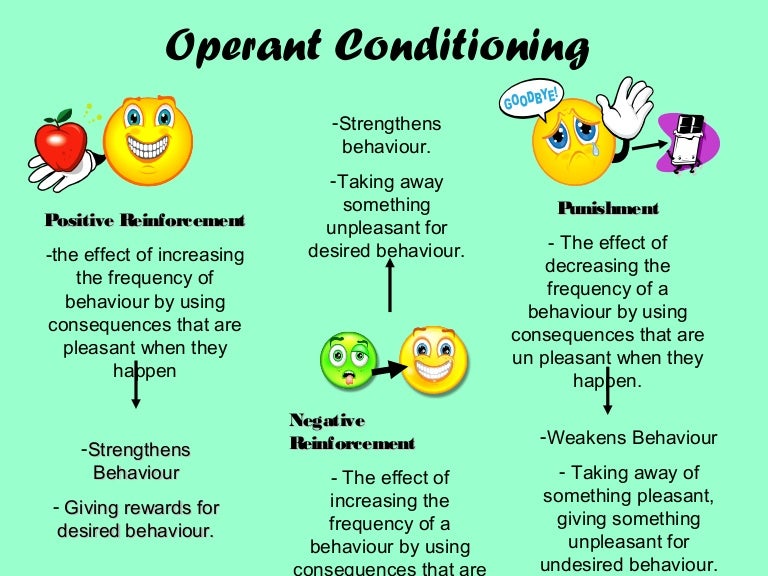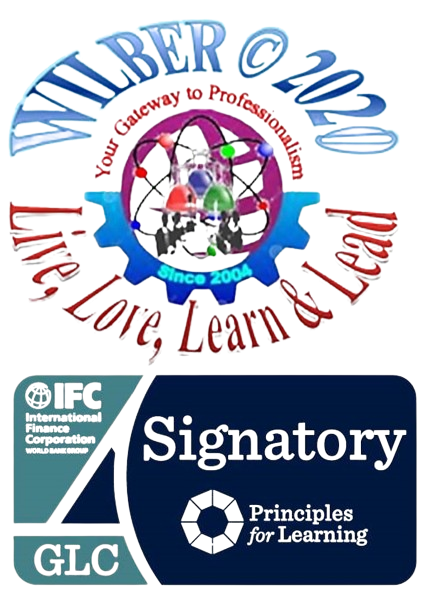HUMAN PSYCHOLOGY
The science of the human mind in any of its aspects, operations, powers, or functions relates to PSYCHOLOGY. It is defined as the systematic investigation of mental phenomena, especially those associated with consciousness, behavior, and the problems of adjustment to the environment. The aggregate of emotions, traits, and behavior patterns determine the characteristics of an individual.
You being yourself, what makes YOUR CHARACTER AS AN INDIVIDUAL?

a conscious mental reaction subjectively experienced as a strong feeling usually directed toward a specific object and typically accompanied by physiological and behavioral changes in the body.
What makes your emotions?Psychologist Paul Eckman identified six basic emotions that he suggested were universally experienced in all human cultures. The emotions he identified were happiness, sadness, disgust, fear, surprise, and anger. He later expanded his list of basic emotions to include such things as pride, shame, embarrassment, and excitement.
:max_bytes(150000):strip_icc():format(webp)/an-overview-of-the-types-of-emotions-4163976-01-474bb455cfe74c3cb98ea46113e3108b.png)

Happiness
Of all the different types of emotions, happiness tends to be the one that people strive for the most.
This is manifested by:
-
- Facial expressions: such as smiling
- Body language: such as a relaxed stance
- The tone of voice: an upbeat, pleasant way of speaking.
Sadness
Sadness is another type of emotion often defined as a transient emotional state characterized by feelings of disappointment, grief, hopelessness, disinterest, and dampened mood.
 Sadness can be expressed in a number of ways including:
Sadness can be expressed in a number of ways including:
-
-
- Crying
- Dampened mood
- Lethargy
- Quietness
- Withdrawal from others
-
Fear
Fear is a powerful emotion that can also play an important role in survival. When you face some sort of danger and experience fear, you go through what is known as the fight, flight, and fawn response.
Expressions of this type of emotion can include:

-
-
- Facial expressions: such as widening the eyes and pulling back the chin
- Body language: attempts to hide or flee from the threat
- Physiological reactions: such as rapid breathing and heartbeat
-
Disgust
Disgust is another of the original six basic emotions described by Eckman. Disgust can be displayed in a number of ways including:
-
-
 Body language: turning away from the object of disgust
Body language: turning away from the object of disgust- Physical reactions: such as vomiting or retching
- Facial expressions: such as wrinkling the nose and curling the upper lip
-
Anger
Anger can be a particularly powerful emotion characterized by feelings of hostility, agitation, frustration, and antagonism towards others. Like fear, anger can play a part in your body's fight or flight response.

When a threat generates feelings of anger, you may be inclined to fend off the danger and protect yourself. Anger is often displayed through:
-
-
- Facial expressions: such as frowning or glaring
- Body language: such as taking a strong stance or turning away
- The tone of voice: such as speaking gruffly or yelling
- Physiological responses: such as sweating or turning red
- Aggressive behaviors: such as hitting, kicking, or throwing objects
-
Surprise
Surprise is another one of the six basic types of human emotions originally described by Eckman. The surprise is usually quite brief and is characterized by a physiological startle response following something unexpected. This type of emotion can be positive, negative, or neutral.

The surprise is often characterized by:
- Facial expressions: such as raising the brows, widening the eyes, and opening the mouth
- Physical responses: such as jumping back
- Verbal reactions: such as yelling, screaming, or gasping
Other Types of Emotions
The six basic emotions described by Eckman are just a portion of the many different types of emotions that people are capable of experiencing. His theory suggests that these core emotions are universal throughout cultures all over the world.
However, other theories and new research continue to explore the many different types of emotions and how they are classified. Eckman later added a number of other emotions to his list but suggested that unlike his original six emotions, not all of these could necessarily be encoded through facial expressions. Some of the emotions he later identified included:
-
-
- Amusement
- Contempt
- Contentment
- Embarrassment
- Excitement
- Guilt
- Pride in achievement
- Relief
- Satisfaction
- Shame
-
Other Theories of Emotion
As with many concepts in psychology, not all theorists agree on how to classify emotions or what the basic emotions actually are.

We have now a partial understanding of what is EMOTIONS, this time let's take a look at other components of man's characters.
HOW ABOUT TRAITS?Oxford dictionary defined it as a distinguishing quality or characteristic, typically one belonging to a person. A trait is something about you that makes you "YOU." When your mother says that you get all your best traits from her, she means you have the same charming smile and the same brilliant mind as she has. In science, a trait refers to a characteristic that is caused by genetics.

The above simple illustration will give you now an IDEA what are your traits! Can you identify now your traits?
Behavioral Patterns
A behavioral pattern according to Collins Dictionary is a recurrent way of acting by an individual or group toward a given object or in a given situation. It is also a complex arrangement of two or more responses that occur in a prescribed order. Behavior patterns are also referred to as chains of behavior, highlighting their nature as a complex linking of simpler segments of behavior. They may be formed via the operant conditioning of various segments presented in the appropriate order. Also called a behavioral pattern.

Behavioral Pattern in other words is a repetitive action that formed parts of the character of a man when observing, dealing, or doing something.
Look at yourself as an example: What pattern of behavior is observable to you when:
-
- You are asked to do something at home? (are you obedient and cooperative, disgusted, neglectful, and prefer to be reprimanded) Your attitude towards this is your behavioral pattern.
- You see your favorite person, let say you are in love; what is your action? Every time you see that person and the action and tendency are the same that is your behavioral pattern.
- You are a policeman, and you see something unusual that requires immediate action; What would be your initial approach? Will your action be the same as in other policemen? Your action and the action of other police WILL NOT BE THE SAME! The reason is that your behavior will depend on the operant conditioning that formed parts of your NATURAL BEHAVIOR. That is the behavioral pattern of man.
LOOKING BACK AT EMOTIONS, TRAITS, AND BEHAVIORAL PATTERN we now know what is the CHARACTER OF MAN!
With that learning, can you now learn how to read the behavior of man?
REMEMBER the aim of psychology and human behavior is to predict the future actions of a person, and the control of such activity by molding the subjects’ make-up to prevent him from engaging in activities that may prove to be harmful to society. This is the reason why the study of human behavior and behavioral science like criminology exist.

WHAT IS PERSONALITY?
PERSONALITY is the sum total of an individual's mental, emotional, and temperamental make-up.

Psychologists have defined temperament in different ways. The most useful definition comes in the field of industrial relations where the term is defined as one's behavioral tendency. Here behavioral tendency is the driver of the action of man.
Mental state (psychology) on the other hand is a mental condition in which the qualities of a state are relatively constant even though the state itself may be dynamic. It is a relation that connects the agent with a proposition. Several of these states are a combination of mental representations and propositional attitudes. This is therefore the mental content of man that can be considered pathogenic, congenital, and hereditary.
In other words, an individual's personality is his total being.
 DESCRIPTION OF TEMPERAMENT
DESCRIPTION OF TEMPERAMENT
Temperament is the natural predisposition of man which includes the combination of all the mental, physical, and emotional traits of a person. Many people have a tendency to behave in the following manner:

-
-
- Domineering fashion
- Argumentative Tendency
- Others are Retiring
-
-
-
- Hot-headed
- Sensitive
- Quite Excitable
-
OUR NEXT TOPIC IS ALL ABOUT MALADJUSTED PERSONALITY & KEY COMPONENTS OF PERSONALITY...
MAJOR TAKEAWAYS FOR THIS MODULE!How do you differ the BEHAVIORAL PATTERN from BEHAVIORAL TENDENCY?
With what we learned RIGHT NOW, DO YOU THINK we can CONTROL THE BEHAVIOR OF MAN?
Because our intention in our course is criminal behavior, WHAT IS THEREFORE YOUR BASIS IN PROFILING A CRIMINAL TENDENCY, the character or the personality of man, or both?

